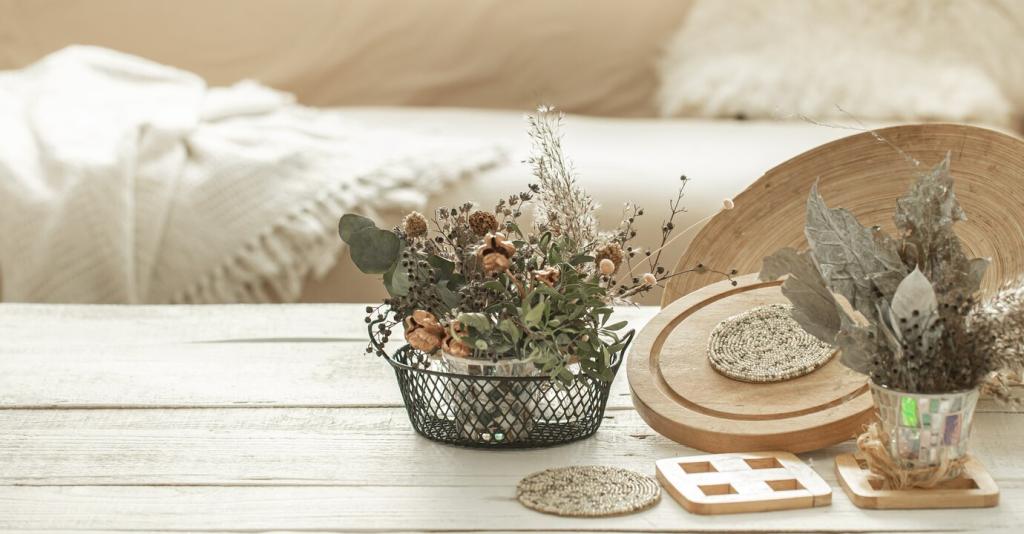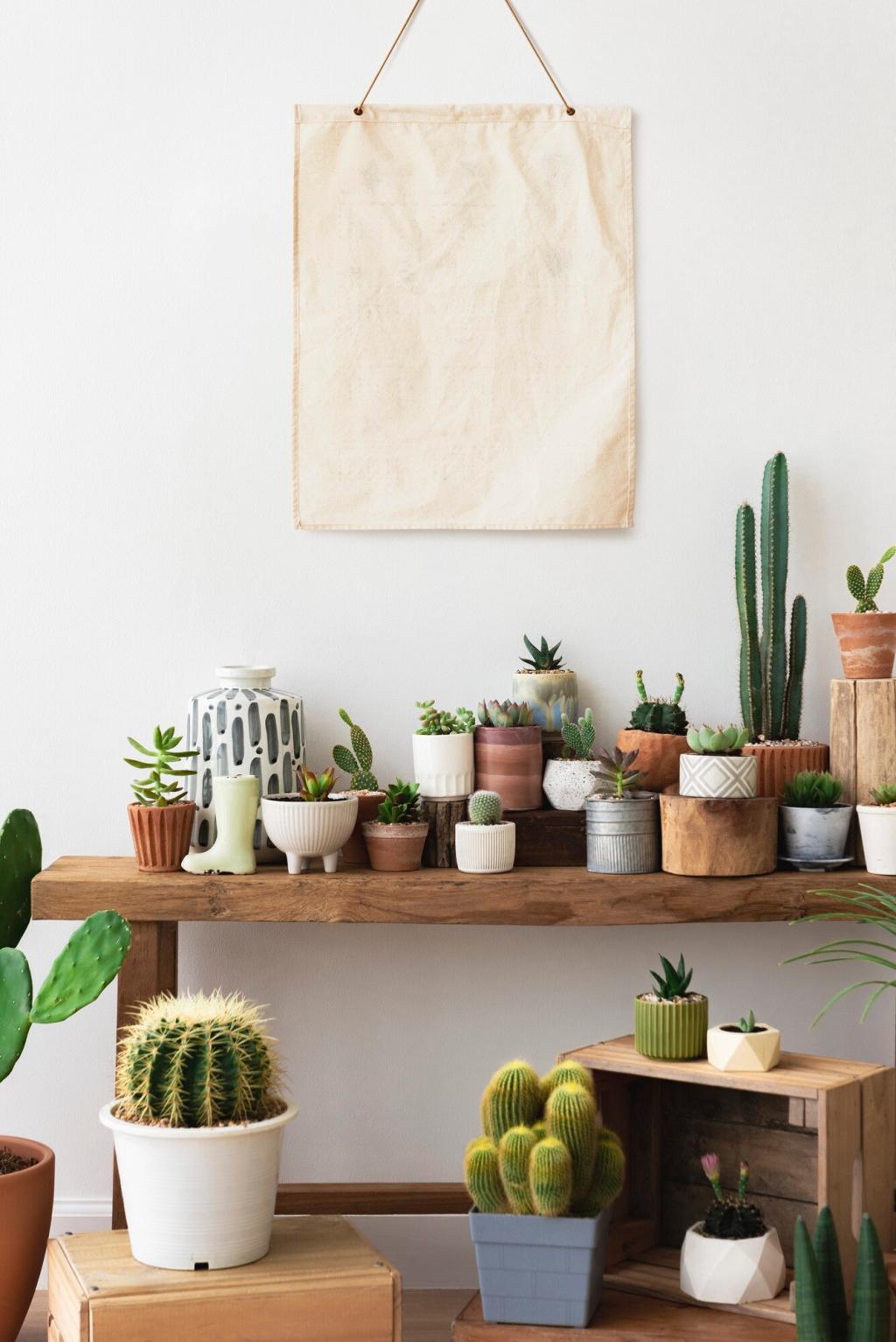Healthy Air First: Finishes, Adhesives, and Maintenance
Hardwax oils and natural oil finishes allow vapor permeability and reduce harmful emissions. They also avoid encasing fibers in plastic-like films, helping materials remain compostable or recyclable, provided they are refreshed periodically instead of replaced with heavy synthetic coatings.
Healthy Air First: Finishes, Adhesives, and Maintenance
Water-based or casein-based adhesives and click-together systems reduce persistent residues. Some floors install dry, using underlayment for grip. The less permanent glue involved, the easier it is to separate materials later for reuse, recycling, or composting where facilities exist.






